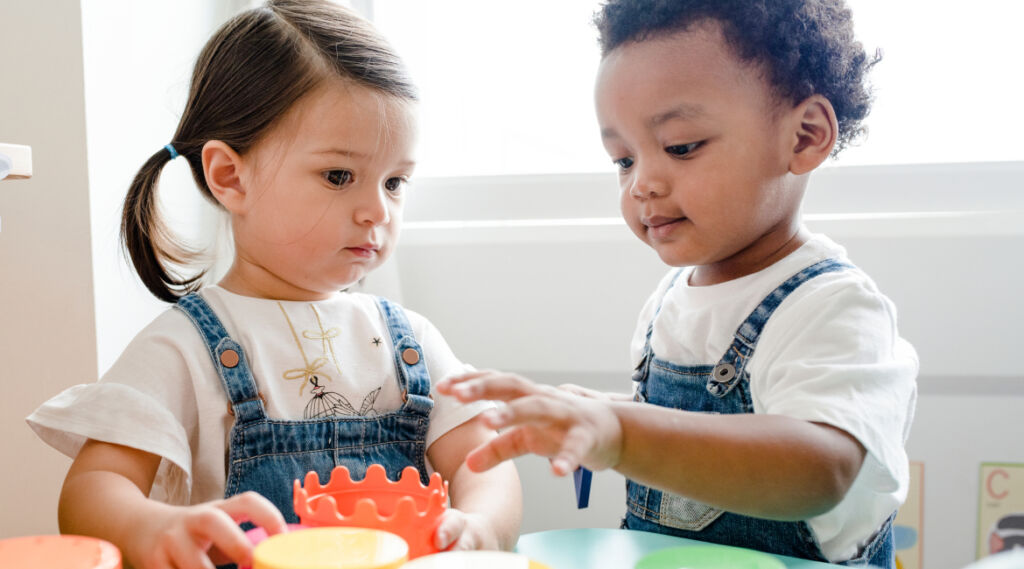Introduction
In a world that often seems fast-paced and focused on individual achievements, cultivating kindness in children has become a crucial endeavor. As parents, caregivers, and educators, it is our responsibility to sow the seeds of compassion and empathy in young hearts, guiding them towards becoming not just successful individuals, but also kind and considerate members of society. This article delves into the art of teaching kindness to children, exploring the power of stories and real-life examples in shaping their understanding of this invaluable virtue.
The Power of Stories
Stories have an enchanting way of capturing a child’s imagination and imparting valuable life lessons. The age-old tradition of storytelling holds immense potential in teaching kindness, as young minds absorb the nuances of empathy and compassion through relatable characters and situations.
Aesop’s Fables: Time-tested tales like “The Boy Who Cried Wolf” and “The Tortoise and the Hare” provide engaging narratives that highlight the consequences of selfishness, deceit, and the rewards of patience and kindness.
Modern Inspirations: Contemporary stories such as “Wonder” by R.J. Palacio and “Each Kindness” by Jacqueline Woodson explore themes of acceptance, inclusion, and the impact of small acts of kindness, resonating deeply with young readers.
Create Your Own: Crafting personal stories that involve relatable scenarios can be a powerful way to drive home the message of kindness. By incorporating your child’s experiences, you can emphasize the significance of being considerate in everyday life.
Real-Life Examples
Children are keen observers, and they learn much from the behavior they witness around them. Demonstrating kindness in your daily interactions sets a strong precedent for them to follow.
Acts of Service: Engage your child in simple acts of kindness, like helping an elderly neighbor with groceries or participating in community clean-up projects. These experiences show them the tangible impact of their actions.
Model Empathy: When faced with challenges, share your thoughts and feelings with your child. This not only strengthens your bond but also teaches them to understand and relate to the emotions of others.
Gratitude Practice: Encourage your child to express gratitude for the kindness they receive. This practice fosters an awareness of the positive interactions in their lives and encourages them to reciprocate.
Practical Tips for Developing Kindness
Start Early: Introduce the concept of kindness as soon as your child begins to interact with others. Teach them the importance of sharing, taking turns, and using gentle words.
Praise Kindness: Acknowledge and praise your child when you notice them being kind. Positive reinforcement reinforces the value of their actions.
Encourage Reflection: Engage your child in conversations about their day, asking questions that prompt them to reflect on moments of kindness and empathy.
Problem Solving: Guide your child in resolving conflicts through compassionate communication. Encourage them to understand the feelings of others and find peaceful solutions.
Conclusion
Teaching kindness to a child is a gift that keeps on giving. By utilizing the magic of stories and setting an example through real-life actions, we can instill in them the understanding that a kind heart is a treasure worth cherishing. As we nurture their capacity for empathy and compassion, we empower them to create a more harmonious and considerate world for themselves and those around them.





